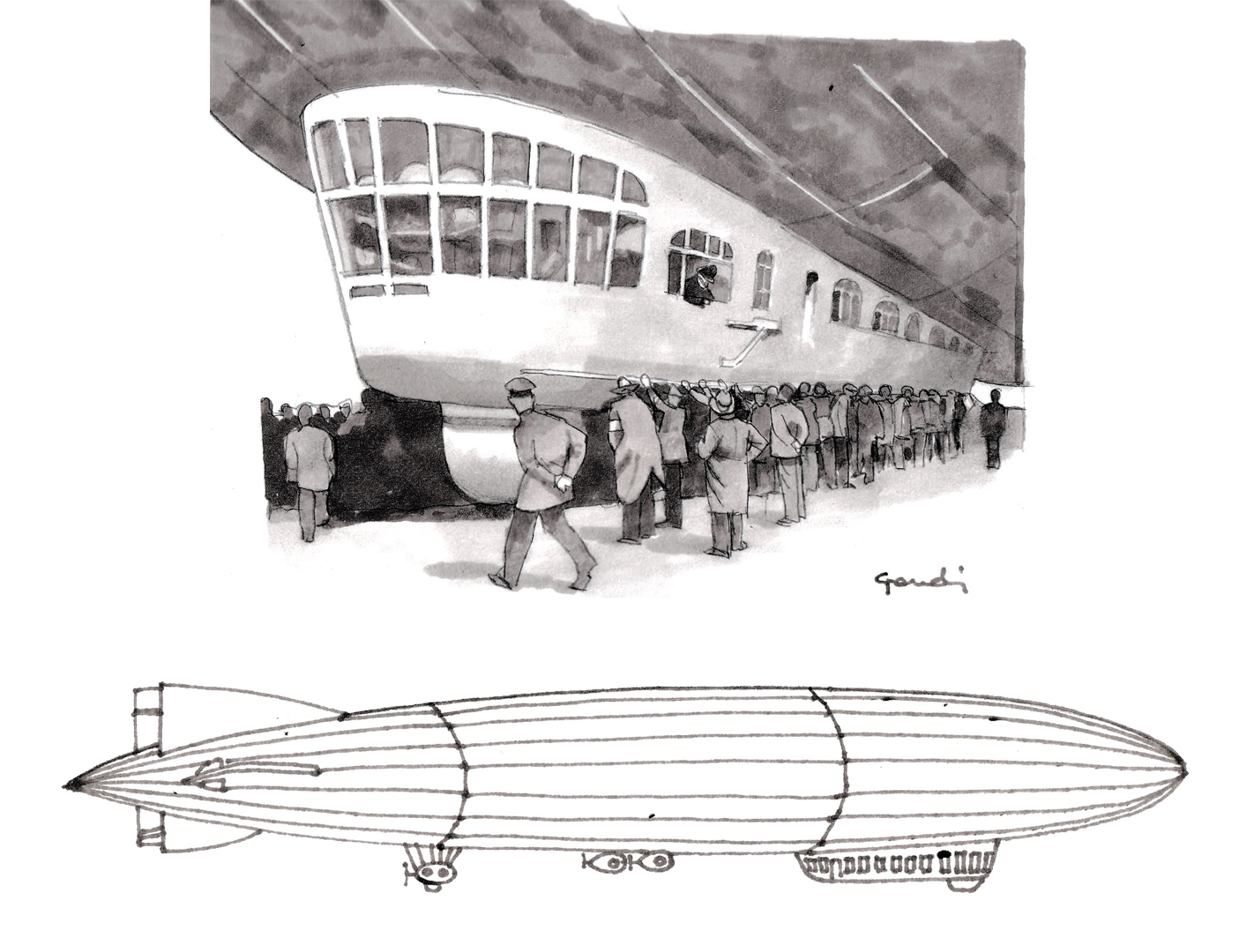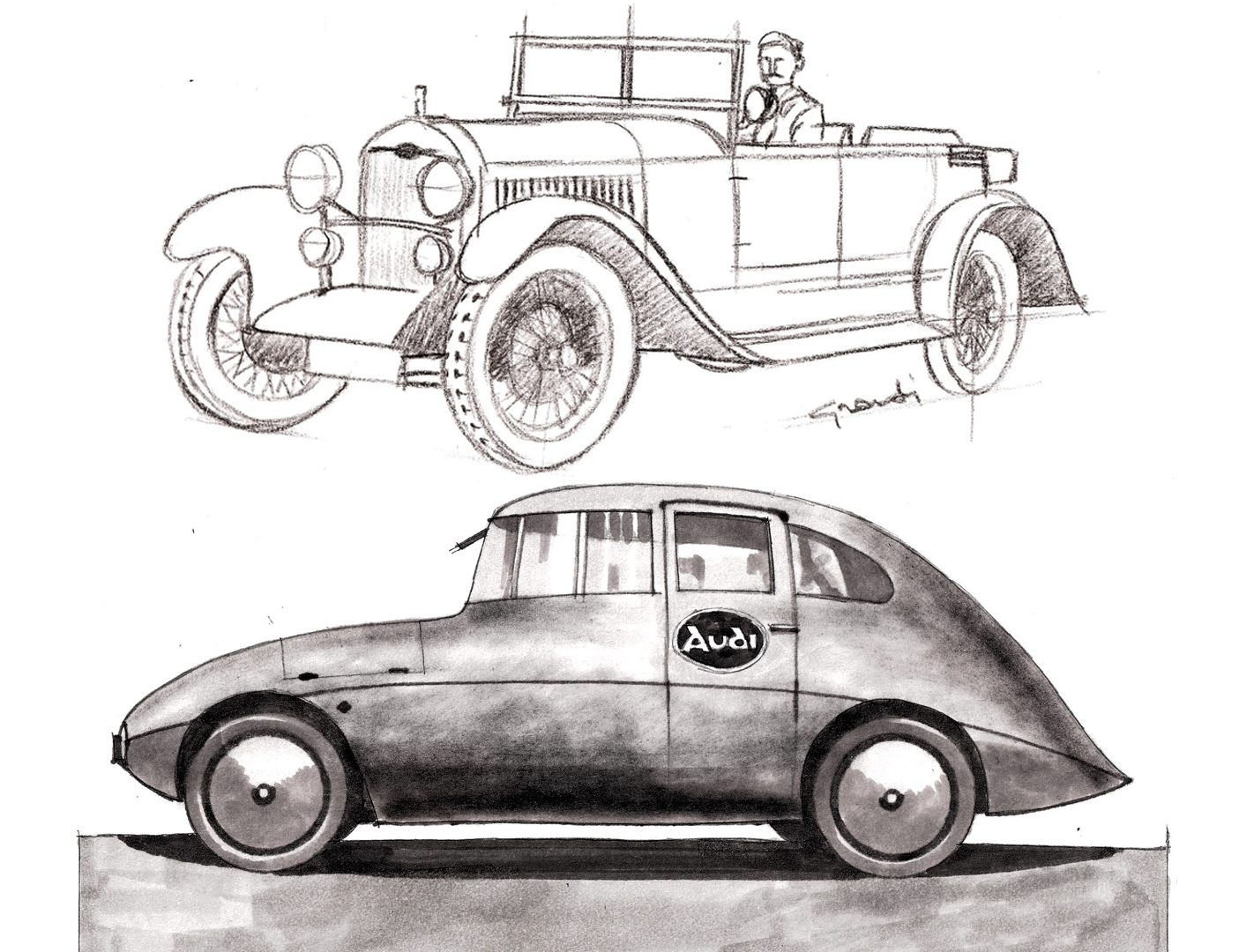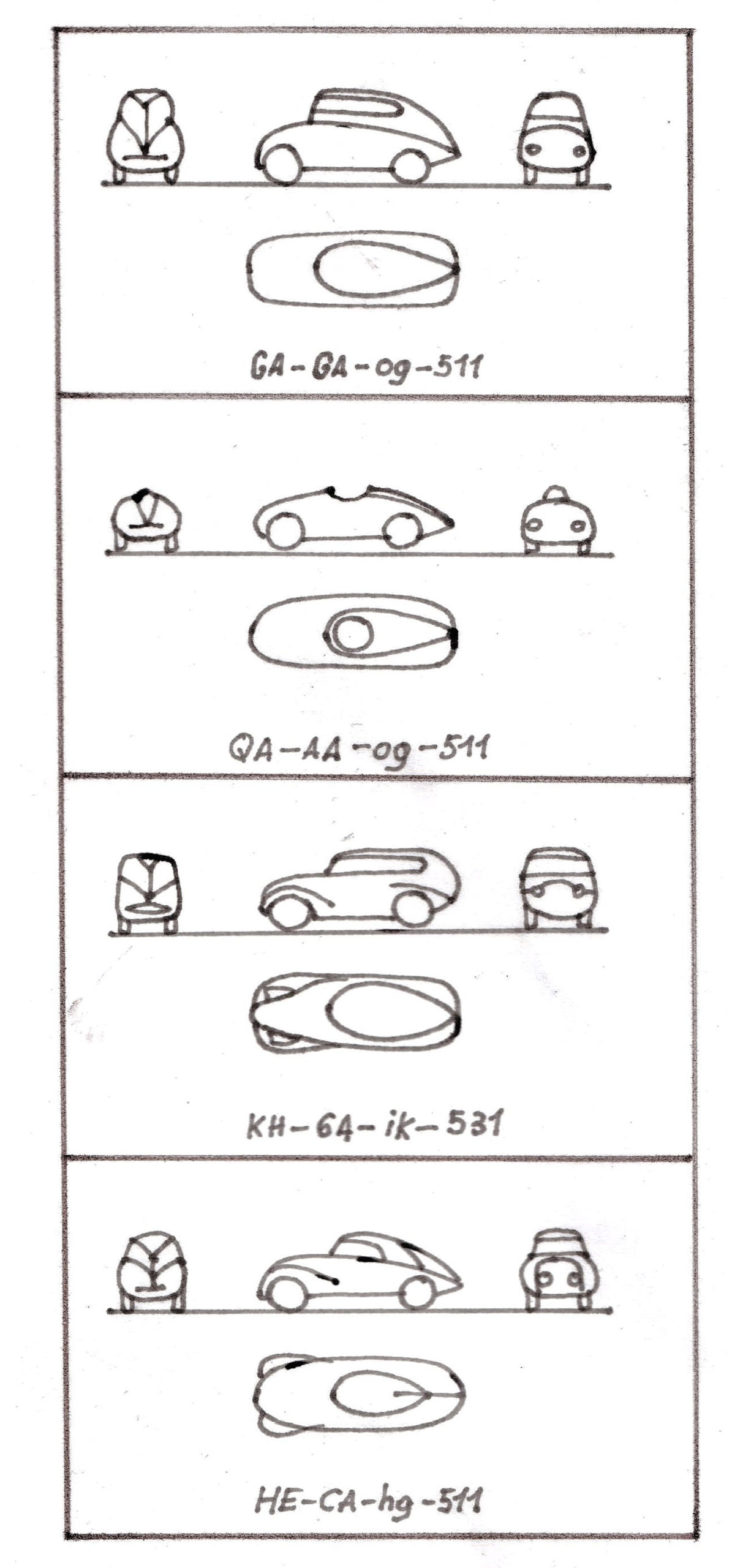1921. Paul Jaray and his airships on four wheels
With the valuable support of Prof. Massimo Grandi's depth of knowledge and illustrative talent
Some images are taken from the book Asi Service "Quando le disegnava il vento" by Massimo Grandi
The signing of the Treaty of Versailles, on 28 June 1919, formally ended the First World War and, with it, Germany’s activity in the field of aviation. This left Paul Jaray, a young engineer who had worked in the Zeppelin wind tunnel on the streamlining of German airships, suddenly wondering what to do with his expertise. Until he decided to apply it to the motor car.

His approach was certainly pragmatic: just as airships, for efficiency reasons, all looked more or less the same, he reckoned that cars, too, could be built following a clearly defined aerodynamic model that would — unfortunately as it turned out — give them similar lines. Working on this premise, he developed a set of design principles, sort of “Jaray code”, according to which the different parts of the car were designed specifically to obtain a low CX. Don’t forget that cars in those days were very square shaped.
It was Audi, with its Type K, which proved that Jaray was on to something: whereas the standard production model was marketed with a top speed of 95 km/hour, the Type K dressed by Jaray could do 130 Km km/hour and consumed a lot less fuel!

But neither this car, nor the Dixi which followed, were enough to convince the market that streamlined cars were the future. Jaray’s ideas went on to be applied more to racing cars than to road vehicles, without ever making much money for the Austrian-born Hungarian.
What exactly did the “Jaray code” say? Essentially, that any car body should be made up of two distinct parts: an airfoil-like underlying part (technically a “thick wing”) and an upper part, inspired by airship “gondolas”, modifiable according to the type of car in question.
All too often, visionaries fail to reap the fruits of their insights, and so it was in this case. Jaray tried hard to sell patents and create partnerships with manufacturers, but things turned out to be more difficult than he expected: people at the time wanted monumental cars with boxy lines. In 1938, he was forced to close down. Despite this disappointing end to the story, Jaray deserves to be acknowledged as the first true theorist of aerodynamic efficiency.
